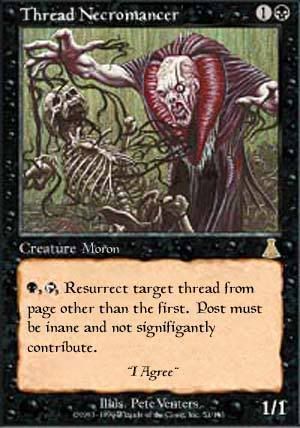I have 2 sets of the lenses here....now I need a new box of 500mw , 635nm diodes in a 9mm can.....
I have 2 sets of the lenses here....now I need a new box of 500mw , 635nm diodes in a 9mm can.....
You are the only one that can make your dreams come true....and the only one that can stop them...A.M. Dietrich
0.5W- 635nM?How much cash you got??
He didn't say he had a box of them, he said he needed a box of them.
And yeah, I'll bet a box of half-watt 635 nm diodes would be *damned* expensive.
Adam
Well, I don't know about the diodes you're using, Phil... But the diodes that Mike was talking about most certainly can be collimated to less than 1 mrad divergence. They're just *really* expensive.
You'd be amazed at what you can accomplish if you're willing to build your own custom optics train for each diode...
Adam
I had posted another thread, wanting to do this very project, but with 405nm diodes. Could you possibly do a quick run through of one of the pics, and describe the optics? I am still new to all of this and have absolutely no experiance and lack the most important 'terminology'
Thanks much
Laslo
Last edited by Laslo; 11-13-2008 at 21:01.
If I recall correctly there is a guy from Sweden doing this exact thing with blurays. Use the search feature and see if you turn up something. I remember reading this sometime the last two months or so.
basically, for say 18 diodes (the first number to give a decent power for nice beam specs), you have to achieve two squares of 3*3 beams invertly polarized
eg:
each square is obtained with 3 rows of diodes each at a different height (say 2mm of difference for each step)Code:| | | | | | | | | + _ _ _ _ _ _ _ _ _ = + + + + + + + + +
for each row, these 3 beams are put side by side with a mirror for each diode like this:
the 3 rows of 3 beams are then stacked vertically using the same technique to obtain a 3*3 beams squareCode:[ ] [ ] [ ] | | | \--------------------- \------------ \----
the two 3*3 squares are then combined with a polarized beamsplitter cube, and thus the two squares of 3*3 beams are to be polarized horizontally and vertically according to the cube orientation
this is relatively easy as the diodes can rotate in their mounting blocks...
to determine polarization, you have to light up one half of the device each diode at a time (once aligned to obtain the 3*3 array of beams evidently) and then rotate each diode to have the maximum output power transmitted through the cube to the output
after that, the most of the work would be aligning the diodes
then for the telescope, this is a long focal length convex or biconvex lens followed by a short focal length convex or biconvex lens
these can be found in old projector objectives (kodak or zeiss old 3 element glass objectives are ideal, I gave several to djolek with his micro-red and he now has a really nice beam)
hope this helps to describe the system
Time to awakened this thread. I love looking at that focal point.

man, imagine doing that with the blu-ray burner diodes...
***drool***
i love this thread, the pics are pretty epic
